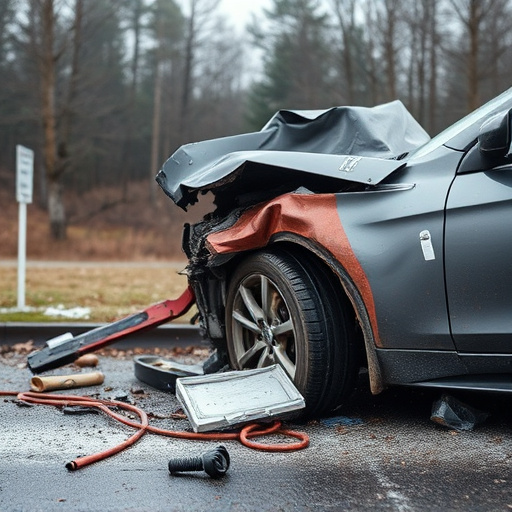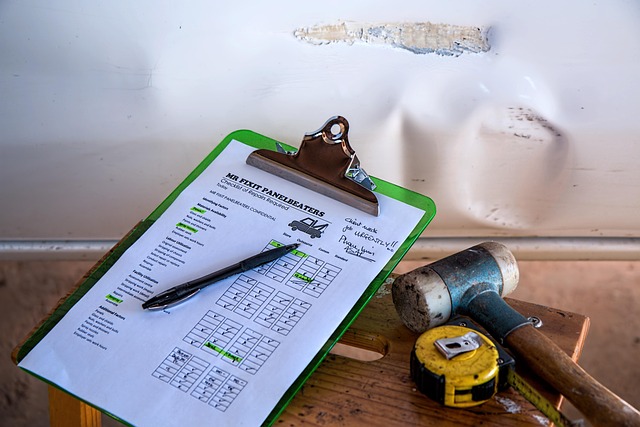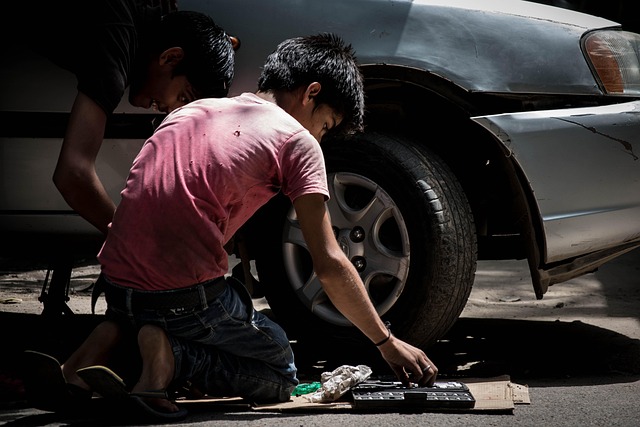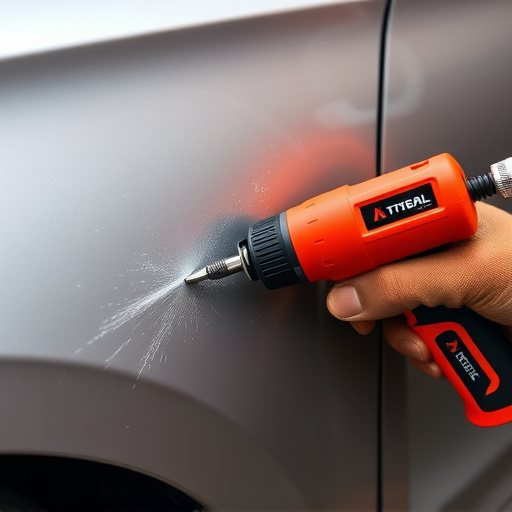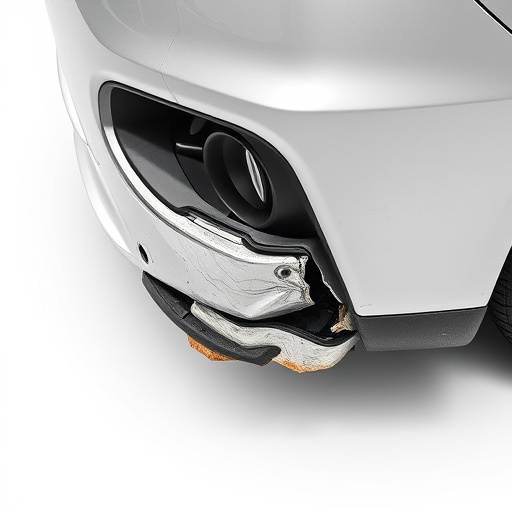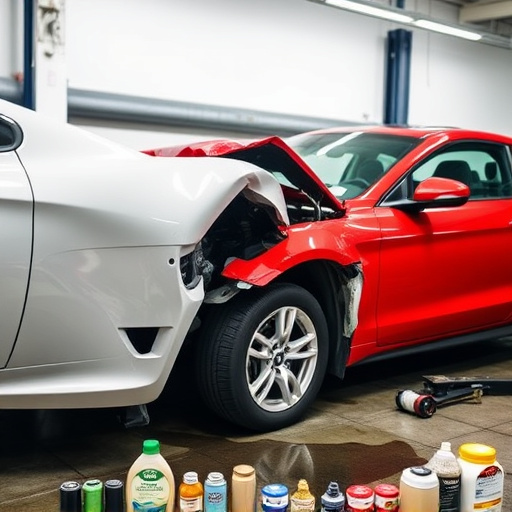Out-of-pocket repair costs for vehicle body damages, excluding insurance coverage, involve understanding assessment fees, skilled labor, and materials. Budgeting requires prioritizing repairs based on severity and comparing quotes from multiple garages. Strategic planning involves evaluating financial standing, setting budget parameters, and allocating dedicated funds for vehicle restoration. Regular reassessments, expense tracking, and collision center quote comparisons are essential to make sensible choices and reduce the financial burden of unexpected out-of-pocket repair costs.
Out-of-pocket repair costs can significantly impact your budget, but understanding and managing them effectively is crucial. This article guides you through the process of navigating these expenses, offering insights on assessing, prioritizing, and strategically planning for repairs. By learning to incorporate out-of-pocket repair costs into your budget, you gain control over your finances and ensure essential maintenance without financial strain.
- Understanding Out-of-Pocket Repair Costs: The Basics
- Assessing and Prioritizing Repairs within Your Budget
- Strategic Planning for Effective Cost Management
Understanding Out-of-Pocket Repair Costs: The Basics

Out-of-pocket repair costs refer to the expenses that individuals are responsible for paying out of their own funds when repairing damaged property, often including vehicle paint repair or body shop services for cars. This can include anything from minor dents and scratches to more significant accidents requiring extensive vehicle body repair. Understanding these costs is crucial for effective budgeting, especially since they’re not typically covered by insurance.
When it comes to out-of-pocket repair costs, knowing what’s involved in a typical body shop service is essential. This includes initial assessments, labor charges for skilled technicians, and the cost of materials needed for repairs, such as paint, primers, and various tools. Being aware of these components helps individuals prepare financially and make informed decisions when faced with unexpected vehicle damage.
Assessing and Prioritizing Repairs within Your Budget

When assessing out-of-pocket repair costs, prioritizing is key. Start by evaluating the severity and urgency of each needed repair – some may be essential for safety or to prevent further damage. For example, a faulty brake system should take precedence over a scratch on your car’s exterior.
Consider the cost, complexity, and potential impact of each repair category, such as auto bodywork, auto painting, or car body repair. Compare quotes from multiple garages to ensure you’re getting fair prices. Remember, budgeting for out-of-pocket repair costs is about balancing immediate needs with long-term financial health, ensuring your vehicle remains safe and roadworthy while aligning with your financial capabilities.
Strategic Planning for Effective Cost Management
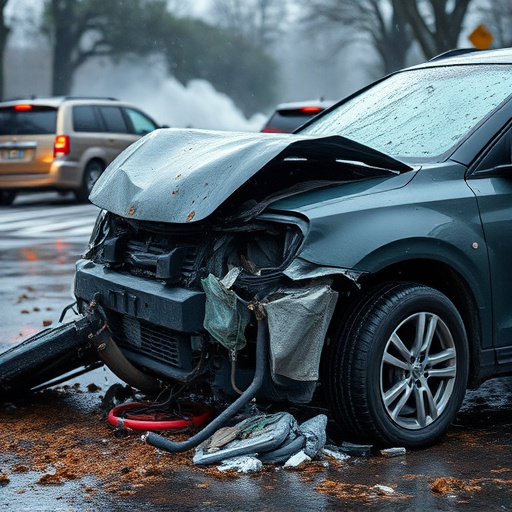
Strategic planning is key to effectively managing out-of-pocket repair costs, especially for unforeseen events like accidents or natural disasters. Start by assessing your current financial situation and understanding your budget constraints. Create a detailed plan that allocates funds specifically for vehicle restoration or auto body repair expenses. This proactive approach allows you to set realistic goals and ensure you have the necessary resources readily available when needed.
Regularly reviewing and updating your cost management strategy is essential. Monitor your spending patterns, track repairs, and compare quotes from different collision centers to make informed decisions. By staying organized and prepared, you can minimize the financial impact of unexpected out-of-pocket repair costs.
Applying out-of-pocket repair costs to your budget requires strategic planning and prioritization. By understanding the basics of these costs, assessing their impact within your financial means, and implementing effective cost management strategies, you can navigate unexpected repairs seamlessly. Embrace a proactive approach to budgeting, and remember that strategic planning for out-of-pocket repair costs is an investment in maintaining your space and safeguarding your finances.


